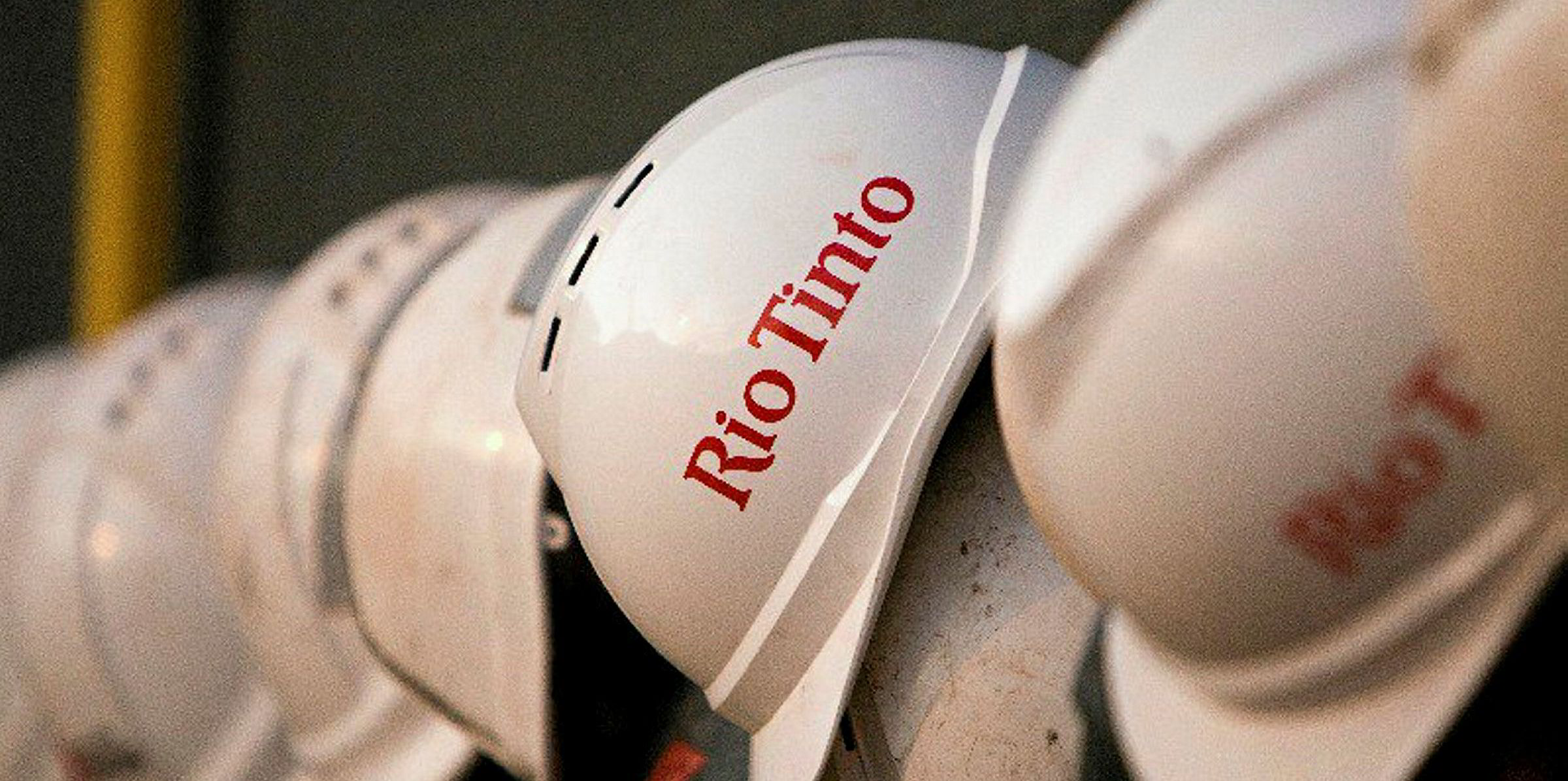Rio Tinto has reported a 7% increase in iron ore exports in the fourth quarter versus the preceding quarter, latest figures show.
Shipments from its Australian mines were 87.4mt versus the 81.9mt seen in the third quarter, when a fatality at one of its mines affected operations.
The Australian mining giant said iron ore shipments for the full year were up 2% year-on-year to 338.2mt.
Bauxite production of 11.8mt in the fourth quarter was down 7% on a year ago and down 14% on the third quarter. Production for the year was 50.4mt, down 1% on 2017.
“During the fourth quarter, commissioning works at its facility in Guinea and the transition of operations from East Weipa to Amrun in Queensland resulted in a short term drop in production,” Rio Tinto said.
Highlights for the quarter saw first bauxite shipment from Rio Tinto’s newly operational A$2.6 billion Amrun bauxite mine in Far North Queensland.
The cargo was shipped aboard the 90,338-dwt RTM Weipa (built 2008) to Rio Tinto’s Yarwun alumina refinery six weeks ahead of schedule.
The Amrun mine will replace production from the depleting East Weipa mine and increase annual bauxite exports by around 10mt.
Rio Tinto, is the world’s largest producer of bauxite, said Amrun is expected to reach a full production rate of 22.8mt a year during 2019.
“We delivered a solid operational performance in the final quarter of 2018,” said Rio Tinto chief executive J-S Jacques.
“During the year, we further strengthened our asset portfolio, continuing to invest in high quality growth.
“Meanwhile, we completed disposals of $8.6bn, including the Grasberg mine in Indonesia and our remaining coal assets.”
Looking ahead, iron ore and bauxite exports in the first quarter of 2019 look set to be upset by a combination of bad weather and a fire at one of its ports.
Just after the New Year a cyclone disrupted exports from Australia’s Weipa port, which handle’s bauxite exports, with winds gusting over 100 kmph.
Earlier this month a fire broke out at Rio Tinto’s Cape Lambert Port, causing damage to a part of the plant that separates its Robe Valley lump and fine products.
The company declared ‘force majeure’ on affected customers. However, the full impact of the damage is being assessed.




